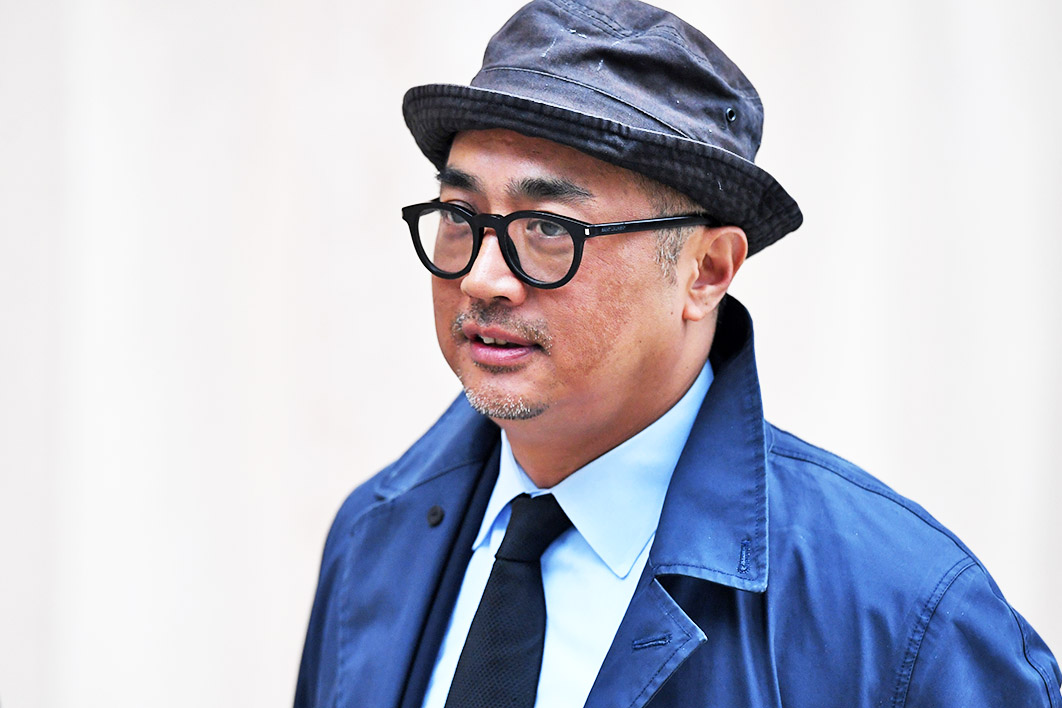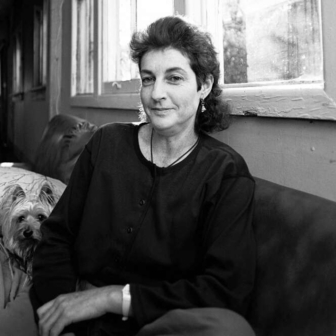The Truth Hurts: An Exposé of Imperfect Justice
By Andrew Boe | Hachette Australia | $32.99 | 315 pages
I must say at the outset that this book didn’t meet my expectations. But that’s not a criticism; far from it. The writing is excellent; the observations are poignant; the stories are captivating.
My expectations were prompted by the description on the cover, presumably put there by the publisher’s marketing department, which promises “an unflinching exploration of the fault lines in our justice system” revealing “the devastating cost of getting it wrong.”
These words suggest that The Truth Hurts is yet another indictment of how criminal justice is carried out in this country. Instead, this is the work of a practitioner reviewing rather than castigating the performance of some aspects of the legal system, more particularly the practice of criminal law. The more I read, the more the book showed me how even an enlightened and inspired system of justice (inquisitorial, adversarial or otherwise) will always struggle to deliver Solomon-esque outcomes to victims, perpetrators and innocents alike, given the panoply of human wretchedness that presents before the courts every day.
Andrew Boe recognises this. He uses the analogy of a bushfire. We can have the best firefighting tools in the world, and the most dedicated firefighters, he says, but from time to time we will experience devastating bushfires that no amount of preparedness could prevent, and it then falls to us to deal with the aftermath.
Rather than being an indictment of the criminal law as it stands, the book is a reminder of the limitations of any system that endeavours to find the causal truth of an event and set things right thereafter. While reforms to the justice system over the past thirty years — including restorative justice conferencing, diversionary pathways, therapeutic practices and Aboriginal courts, to name but a few — do their best to ameliorate the pain, it can never be completely eliminated. If anything, one of the book’s key targets is those lawyers whose poor practices and sloppy attention to detail led to outcomes detrimental to their clients.
That doesn’t mean I don’t have some reservations about how Boe frames his account. Yes, the justice system can be “uneven” (Boe’s word) at times, but this doesn’t mean that it is “stuck in its outdated and flawed premises.” Readers need to appreciate that some of the anomalies he highlights did indeed exist when he began his legal practice but have since been reformed. For example, defence counsel no longer have the same latitude in cross-examining victims of sexual assaults, a point the author concedes. Again and again Boe points to the deprived backgrounds of those who come before the courts and points to the failed social policies that allowed them to slip between the cracks. We need to accept that there’s often not a lot that the law can do, ex post facto, about that.
In setting the scene for the story of his professional life, Boe describes in a most endearing way how his father and mother decided to flee with their five sons to Australia from Burma in 1969 to escape its military regime. He then writes affectionately of a teacher who trusted him and challenged him to better himself through education. That challenge ultimately placed him in a law school in Brisbane and, on graduation, embroiled him in the life of a criminal defence lawyer.
Thereafter the book takes the reader through a long but very readable succession of case narratives. Boe’s list of clients included the convicted serial killer Ivan Milat and the conservative politician Pauline Hanson (whom he later helped exonerate). Here we see how accused persons and their counsel must negotiate a maze of legal twists and turns, with Boe capitalising very effectively on his insider perspective. His explanation of the duty that lawyers owe the court as well as their clients is clear and important. All law students would appreciate his elucidation of the cab-rank rule, the importance of the doctrine of precedent, the process of charge bargaining, and how jury selection works.
Moreover, Boe outlines the relationship between the barristers in their respective chambers, between defence and prosecution counsel, and between clients and their legal representatives. Of particular interest to me were his observations about the rules governing barrister duties, hostile witnesses, and the presumption of innocence, and his thoughts on lawyers coping with negative media coverage.
The book also tackles some of the harder issues that regularly test policymakers’ resolve: deaths in custody, infanticide, domestic violence and sexual impropriety (and the #MeToo movement). He calls out the ongoing national disgrace that is the over-representation of Aboriginal and Torres Strait Islanders in Australia’s correctional systems.
Boe makes the significant point that equality before the law doesn’t mean that all people must get the same treatment, for if “you treat situations with vastly different realities in the same way, then you will necessarily cause significant injustice to some.” This same view — that striving for equality of opportunity for unequals can only aggravate inequality — has been expressed in judicial writings for decades, most notably in the High Court judgement in Gerhardy v Brown (1985). The adage was worth repeating here.
Importantly, Boe also places firmly in the reader’s mind one of the most crucial axioms to be found in the lawyer’s notebook: that “liking a client or agreeing with their political views [is] hardly a prerequisite for providing effective, even passionate, representation for them in the criminal courts.” All people, he reminds readers, deserve good representation. It is not for their counsel to judge them: that is solely the role of the courts.
There are a number of errors in the book that ought to be corrected in the event of a reprint. It is not true that judges’ tenure is dependent on their choosing to retire. A statutory maximum age for judges exists in every jurisdiction (and was recently increased in New South Wales). Some of the more problematic political manoeuvrings and practices Boe refers to (such as the appointment of magistrates with no legal qualifications in Queensland) were unique to particular periods. The bird depicted in the SA police coat of arms is not the wedge-tailed eagle but the white-backed magpie, or piping shrike, and South Australia should be added to his list of those jurisdictions that have a fused legal profession. The rules concerning a jury’s majority verdict (if such verdicts are permitted) vary from jurisdiction to jurisdiction. Finally, the rule that makes a distinction between printed and oral evidence should be referred to as the parol evidence rule.
But it would be churlish to make too much of small faults in what is, in totality, an excellent volume. The cases that Andrew Boe has handled can make for uncomfortable reading but they offer important lessons. People sometimes do appalling things, and the impact not only on communities but on their lawyers can be palpable. In one instance, Boe writes, “Nearly everyone connected with this case must have stumbled back to their lives diminished by what they had read, heard and seen.” It was a heartfelt recollection.
The Truth Hurts promises to call out unfairness and bias in the practice of the criminal law, but for me the book simply reinforces the fact that legal processes are faced with difficult tasks and often contradictory aims, and continually struggle to find resolutions satisfactory to all. Only those who have the passion to find enduring outcomes will succeed.
And, on this reading, when it comes to passion in finding the best outcomes for people who fall afoul of the law, there would be few more passionate than Andrew Boe. I enjoyed his reflections immensely. •




